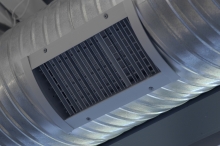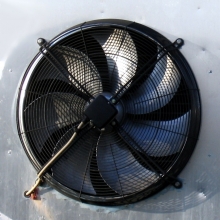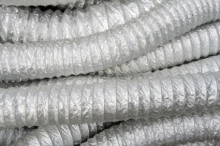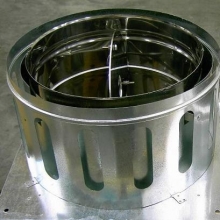Fire is a chemical chain reaction. Molecules of a flammable material contain stored energy. When they are heated to a certain point, they react with oxygen, releasing that energy in the form of heat. This heat energy then causes other nearby flammable molecules to react with oxygen, continuing the cycle. Fire needs the heat, oxygen, and a fuel of flammable material to continue burning. Fire-extinguishing systems work by separating one or more of the key elements from the equation. Fire is impossible without oxygen. Likewise, if there is no heat, fire cannot spread. And, obviously, if there is no fuel, there is nothing to burn.





